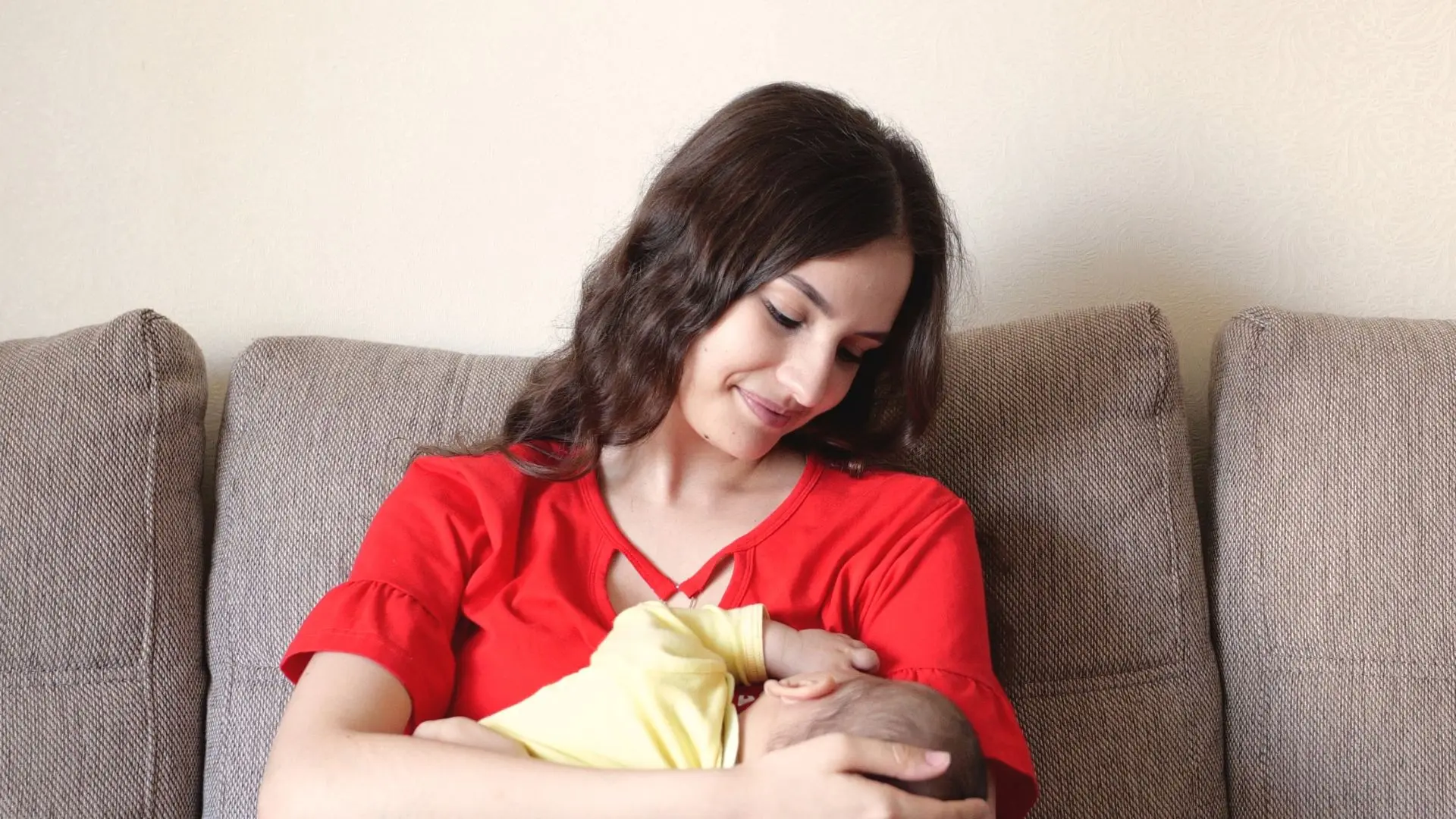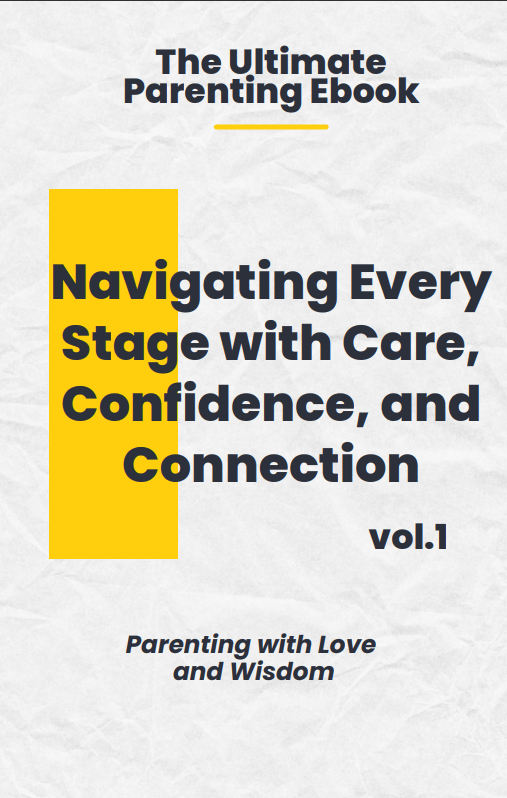Parenting a child with DMDD? Learn to identify signs, differentiate from other disorders, and apply effective age-appropriate strategies to manage emotional outbursts.

Every child throws tantrums, but when these outbursts are frequent—happening several times a week—and accompanied by a constant state of irritability, it may be a sign of Disruptive Mood Dysregulation Disorder (DMDD). Unlike typical childhood tantrums, DMDD involves intense, uncontrollable emotions and frequent misinterpretations of others’ feelings. Children with DMDD may continue to have tantrums well beyond the usual age, often triggered by overwhelming emotions rather than specific events.
DMDD can sometimes be mistaken for Oppositional Defiant Disorder (ODD) or autism, as all three involve significant tantrums. However, in ODD, tantrums are often a reaction to authority figures, while in autism, they usually occur in response to sensory overload. In contrast, DMDD’s tantrums stem from deep-seated emotional distress.
We’ll break down the specific signs of DMDD and compare them with similar conditions. By recognizing these unique features, you’ll gain the insight needed to differentiate DMDD from other disorders and implement effective strategies to support your child. This focused approach is crucial for managing symptoms and fostering a more stable environment for your child’s development.
In This Blog
ToggleWhat Is DMDD?
Disruptive Mood Dysregulation Disorder (DMDD) is a mood disorder diagnosed in children and adolescents characterized by severe, persistent irritability and frequent temper outbursts. Officially recognized in the DSM-5 in 2013.
Signs of DMDD in Children
Disruptive Mood Dysregulation Disorder (DMDD) manifests through a range of behaviors and emotional patterns that extend beyond typical childhood mood swings and tantrums. Here’s a closer look at the key signs to watch for:

Severe, Frequent Outbursts: Children with DMDD experience intense temper tantrums that occur at least three times a week. These outbursts are more extreme and frequent than typical childhood tantrums.
Persistent Irritability: Between outbursts, the child maintains a consistently irritable or angry mood. This mood is present most of the day, nearly every day, making it difficult for them to feel content or calm.
Disproportionate Reactions: The child’s reactions to situations are out of proportion to the actual event. They may have explosive reactions to minor triggers that wouldn’t typically cause such a response in others.
Developmental Discrepancy: The child’s behavior is inconsistent with their developmental stage. For example, a child’s tantrums and irritability are far more intense than what is typically expected for their age.
Chronic Nature: Symptoms must be present for at least 12 months and occur in more than one setting, such as at home, school, or with friends. The behavior should be consistent and pervasive, rather than occasional.
Onset by Age Ten: DMDD usually begins before the child turns ten, and symptoms need to be observed across various environments to confirm the diagnosis.
Diseases Similar to DMDD and How to Differentiate
Several disorders can present with symptoms similar to DMDD, making it crucial for parents to understand the differences. Here’s how to distinguish DMDD from other conditions:

Oppositional Defiant Disorder (ODD): Both DMDD and ODD involve irritability and temper issues. However, ODD is characterized by a pattern of defiant, vindictive, and argumentative behavior specifically towards authority figures. In contrast, DMDD involves more intense and frequent outbursts with chronic irritability.
Bipolar Disorder: Bipolar disorder in children can present with mood swings and irritability, similar to DMDD. The key difference is that bipolar disorder involves distinct episodes of mania or hypomania, which are not present in DMDD. DMDD involves persistent irritability without these episodic mood shifts.
Conduct Disorder: Conduct disorder includes behaviors like aggression and rule-breaking, which can overlap with the severe temper outbursts seen in DMDD. However, conduct disorder is marked by a pattern of violating societal norms and the rights of others, whereas DMDD focuses on chronic irritability and mood dysregulation.
Generalized Anxiety Disorder (GAD): Children with GAD might also show irritability and emotional outbursts. The main distinction is that GAD is characterized by excessive worry about various aspects of life, while DMDD focuses more on pervasive irritability and frequent temper outbursts.
Autism Spectrum Disorder (ASD): Emotional dysregulation in ASD can resemble DMDD symptoms. However, ASD includes a broader range of developmental differences, including challenges with social interaction and communication. DMDD specifically involves severe mood dysregulation and outbursts not necessarily accompanied by the developmental characteristics of ASD.
Identifying DMDD early can significantly improve the outcomes for your child and help manage their symptoms more effectively.
Age-Appropriate Strategies for Parenting a Child with DMDD
Understanding how DMDD affects children at different developmental stages is key to providing effective support. Here’s how you can approach parenting a child with DMDD, broken down by age group.

Toddlers (Ages 1-3)
During the toddler years, temper tantrums are a normal part of development as children learn to express their emotions. However, when these tantrums are severe and frequent, they may indicate DMDD.
Establish Consistent Routines: Create a stable daily schedule to help your toddler feel secure and reduce tantrums. Consistent mealtimes, nap times, and bedtime routines can mitigate mood swings.
Engage in Redirecting Activities: During a tantrum, quickly shift your child’s attention to a new activity or toy. Use engaging, favorite items to divert their focus and calm them down.
Introduce Basic Feelings Words: Start teaching your child basic words to describe their feelings, such as “angry,” “sad,” or “frustrated.” This can help them articulate their emotions better.
Safe Space: Create a designated safe area where your child can calm down during an outburst. Ensure this space is free from objects that could cause harm.
Preschool and Early Elementary (Ages 4-8)
As children enter preschool and early elementary school, their social interactions and cognitive abilities evolve. This period is crucial for managing and guiding behaviors associated with DMDD.
Visual Schedules and Rewards: Implement visual schedules to help your child understand daily activities. Use a reward system to encourage positive behavior and compliance with rules.
Clear Rules and Consequences: Establish and communicate clear rules and consequences for breaking them. Consistency in enforcement helps your child understand expectations and limits.
Coping Strategies: Introduce basic coping strategies like deep breathing or counting to manage anger. Practice these techniques together to build your child’s ability to self-regulate.
Modeling Calm Behavior: Demonstrate calmness during your child’s outbursts. Your reactions will serve as a model for them to emulate.
Collaborate with Educators: Work closely with teachers and school counselors to monitor your child’s behavior and academic performance. Adjust strategies based on feedback.
Middle Childhood (Ages 9-12)
As children enter middle childhood, their emotional and social development becomes more complex. Managing DMDD during this stage involves advanced strategies and a greater emphasis on self-regulation.
Behavior Charts: Use behavior charts to track progress and set goals. Visual tracking can motivate your child and provide a tangible way to recognize improvements.
Structured Routines: Maintain structured routines to reduce overwhelm and help your child anticipate daily events. Consistent routines support better emotional regulation.
Develop Problem-Solving Skills: Work with your child on problem-solving techniques by discussing potential solutions and evaluating their effectiveness. Role-playing different scenarios can enhance their ability to handle challenges.
Enforce Consistent Boundaries: Set clear, age-appropriate rules and consequences. Involve your child in discussions about these rules to help them understand the reasoning and importance behind them.
Monitor School Performance: Stay engaged with your child’s academic progress by reviewing assignments and communicating with teachers. Support them in developing effective study habits and addressing any academic challenges.
Encourage Extracurricular Activities: Promote involvement in activities that align with your child’s interests. Participation in sports, clubs, or hobbies can provide an outlet for energy and help build social skills.
Adolescence (Ages 13-18)
During adolescence, the focus shifts towards preparing your child for adulthood while continuing to manage DMDD. This stage involves fostering independence and addressing complex social and emotional issues.
Self-Monitoring: Encourage your teen to take responsibility for their emotions and behavior. Support them in developing self-monitoring techniques and personal accountability.
Goal Setting: Help your teen set and work towards future goals, including academic and career aspirations. Goal setting can provide motivation and a sense of purpose.
Social Challenges: Address issues related to peer relationships and social interactions. Provide guidance on managing social stress and building positive connections.
Academic Stress: Support your teen in managing academic demands and stress. Work with educators to ensure they receive the necessary accommodations and support.
Life Skills Training: Focus on teaching practical life skills such as budgeting, time management, and self-care. Preparing your teen for independence involves equipping them with essential skills.
Career and Educational Planning: Assist your teen in exploring career options and educational opportunities. Support their ambitions and provide guidance on making informed decisions about their future.
Treatment Options for DMDD
Managing DMDD effectively requires a multifaceted approach that includes both behavioral strategies and medical intervention.

Cognitive Behavioral Therapy (CBT): CBT is a common and effective treatment for DMDD. It helps children identify and alter negative thought patterns that contribute to their anger and irritability. Through therapy, children learn coping skills and techniques to manage their emotions.
Parent Training Programs: Parent training programs complement therapy by teaching parents to recognize triggers, manage emotional outbursts, and reinforce positive behavior. These programs provide practical tools and strategies to support your child’s emotional regulation.
Medication Overview: While there is no specific medication approved by the FDA for DMDD, certain medications have been used to manage symptoms. These include stimulants, antidepressants, and atypical antipsychotics.
Consultation with Healthcare Providers: Discuss medication options with your child’s healthcare provider to determine the most appropriate treatment. Monitor for potential side effects and adjust as needed.
Collaborative Care: Work with healthcare providers, therapists, and educators to develop a comprehensive treatment plan. Coordinated care ensures that all aspects of your child’s needs are addressed.
Ongoing Monitoring: Regularly assess your child’s progress and adjust strategies based on feedback and outcomes. Continuous evaluation helps ensure that treatment remains effective and responsive to your child’s needs.
Mindfulness and Relaxation Techniques: Introduce mindfulness practices and relaxation exercises to help your child manage stress and improve emotional regulation. Techniques such as meditation and guided imagery can be beneficial.
Social Skills Training: Provide opportunities for social skills development to enhance peer interactions and reduce conflicts. Social skills training can help your child navigate social situations more effectively.
Family Therapy: Engage in family therapy to improve communication, understanding, and support within the family dynamic. Family therapy can address relational issues and strengthen family bonds.
Educational Support: Access educational resources and accommodations to support your child’s learning and behavior management in school settings. Work with educators to create an individualized plan that meets your child’s needs.
Emergency Planning: Develop a clear plan for managing severe outbursts, including safe spaces and de-escalation strategies. Having an emergency plan in place helps ensure your child’s safety during intense episodes.
Conclusion
Parenting a child with DMDD involves navigating a complex emotional landscape and providing consistent, informed support. By understanding DMDD’s impact at different developmental stages and implementing effective strategies, you can help your child manage their symptoms and thrive. Stay proactive, seek professional guidance, and continuously adapt your approach to meet your child’s evolving needs.
We hope this guide provides valuable insights into parenting a child with DMDD and equips you with practical tools to support your child’s emotional well-being. If you have any questions or would like to share your experiences, please leave a comment below.
You may also be interested in : Parenting A Child With ODD: Signs, Causes and Strategies for Managing Oppositional Behavior
FAQs
1. What is DMDD?
Disruptive Mood Dysregulation Disorder (DMDD) is a childhood condition characterized by severe irritability, anger, and frequent intense outbursts. Unlike typical tantrums, these behaviors are extreme, persistent, and interfere with daily functioning.
2. What are the key signs of DMDD in children?
Key signs include frequent temper outbursts (at least three times per week), a persistently irritable or angry mood, and reactions that are out of proportion to the situation. Symptoms must be present for at least 12 months.
3. How does DMDD differ from typical tantrums?
Typical tantrums are age-appropriate and usually short-lived. In contrast, DMDD tantrums are more intense, frequent, and occur well beyond the toddler years, often lasting into adolescence.
4. What causes DMDD?
The exact cause of DMDD is unknown, but it is believed to involve a combination of genetic, environmental, and neurological factors. Co-existing mental health conditions, such as anxiety or ADHD, are common.
5. How is DMDD diagnosed?
DMDD is diagnosed through careful evaluation by a healthcare professional, often using the DSM-5 criteria. The child must exhibit symptoms in multiple settings, such as home and school, for a diagnosis.
6. What is the best age to diagnose DMDD?
DMDD can be diagnosed in children aged 6-18, with the onset of symptoms typically occurring before age 10. Children under 6 are generally not diagnosed with DMDD.
7. Can DMDD be treated with medication?
While there is no specific medication approved for DMDD, treatments such as stimulants, antidepressants, and antipsychotics may be used to manage symptoms. Consult your child’s doctor for a personalized plan.
8. How can parents help manage their child’s DMDD symptoms?
Establishing routines, teaching emotional vocabulary, and using positive reinforcement are key strategies. Parent training programs and cognitive-behavioral therapy (CBT) are also recommended.
9. What are common triggers for DMDD outbursts?
Triggers can vary but often include frustration, disappointment, transitions, and overstimulation. Identifying and avoiding these triggers can help minimize outbursts.
10. How does DMDD affect a child’s academic performance?
DMDD can lead to difficulties with focus, social interactions, and managing emotions in the classroom. Teachers and school staff should be informed to provide appropriate support.
11. How can I differentiate DMDD from ADHD or bipolar disorder?
DMDD is characterized by chronic irritability and frequent outbursts, while ADHD focuses more on attention issues. Bipolar disorder includes mood swings between highs and lows, unlike DMDD’s consistently irritable mood.
12. What role does family therapy play in DMDD treatment?
Family therapy can improve communication, understanding, and support within the family. It teaches parents how to handle outbursts, provide emotional support, and set boundaries.
13. Can DMDD symptoms improve over time?
With the right interventions—such as therapy, medication, and parental support—DMDD symptoms can improve. Many children learn coping skills to manage their irritability and frustration as they grow.
14. How can teachers support a child with DMDD?
Teachers can help by creating a structured classroom environment, using positive reinforcement, and collaborating with parents and mental health professionals to develop individualized support plans.
15. Can children with DMDD lead normal lives?
Yes, with appropriate treatment and support, children with DMDD can learn to manage their symptoms and lead fulfilling, balanced lives. Early intervention and consistent strategies are crucial for success.




